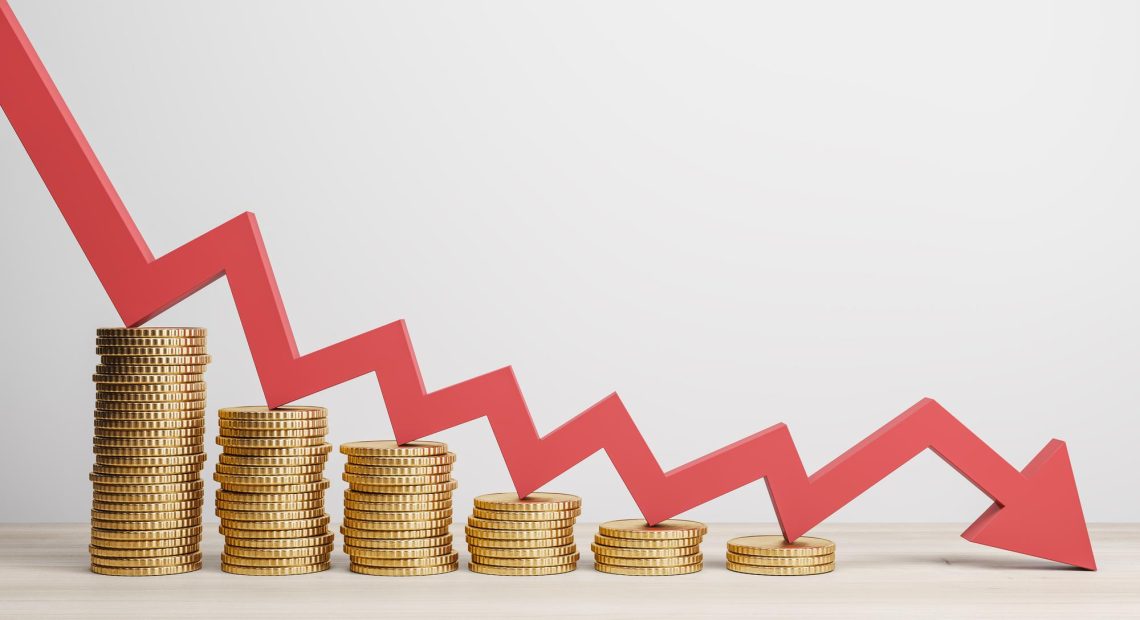
India’s Retail Inflation Falls to 6-Year Low at 4.6%
India’s retail inflation, measured by the Consumer Price Index (CPI), declined to 4.6% in the fiscal year 2024-25, marking the lowest annual rate since 2018-19. In March 2025, the year-on-year inflation rate further decreased to 3.34%, down from 3.61% in February, achieving the lowest monthly rate since August 2019.
CPI 2025: Key Highlights
The Consumer Price Index (CPI) reflects the average change in prices paid by consumers for goods and services over time. In March 2025, food inflation, a significant component of CPI, stood at 2.69%, the lowest since November 2021. This decline was driven by reduced prices in categories such as vegetables, eggs, pulses, meat, fish, cereals, and dairy products.
Rural areas experienced a notable decrease in both headline and food inflation. Headline inflation dropped from 3.79% in February to 3.25% in March, while food inflation fell from 4.06% to 2.82%. Urban areas saw a slight increase in headline inflation to 3.43% in March from 3.32% in February; however, food inflation decreased from 3.15% to 2.48%.
Housing inflation in urban areas rose marginally to 3.03% in March from 2.91% in February. The fuel and light category saw inflation rebound to 1.48% in March from -1.33% in February.
Food Price Inflation: Government Measures
The government implemented several measures to control food price inflation. These included maintaining buffer stocks of essential food items and releasing them periodically in open markets, subsidized retail sales of staples like rice, wheat flour, pulses, and onions, and simplifying import duties on critical food items. Additionally, stricter stock limits were enforced to prevent hoarding, and GST rates on essentials were reduced.
Targeted subsidies, such as LPG support under the Pradhan Mantri Ujjwala Yojana and the Pradhan Mantri Garib Kalyan Anna Yojana, provided relief to vulnerable households from rising food grain costs.
Conclusion
The decline in retail inflation to a six-year low reflects the effectiveness of the Reserve Bank of India’s pro-growth monetary policy and the government’s strategic interventions. These efforts have successfully balanced economic expansion with price stability, ensuring that the benefits of lower inflation reach the broader population.


















